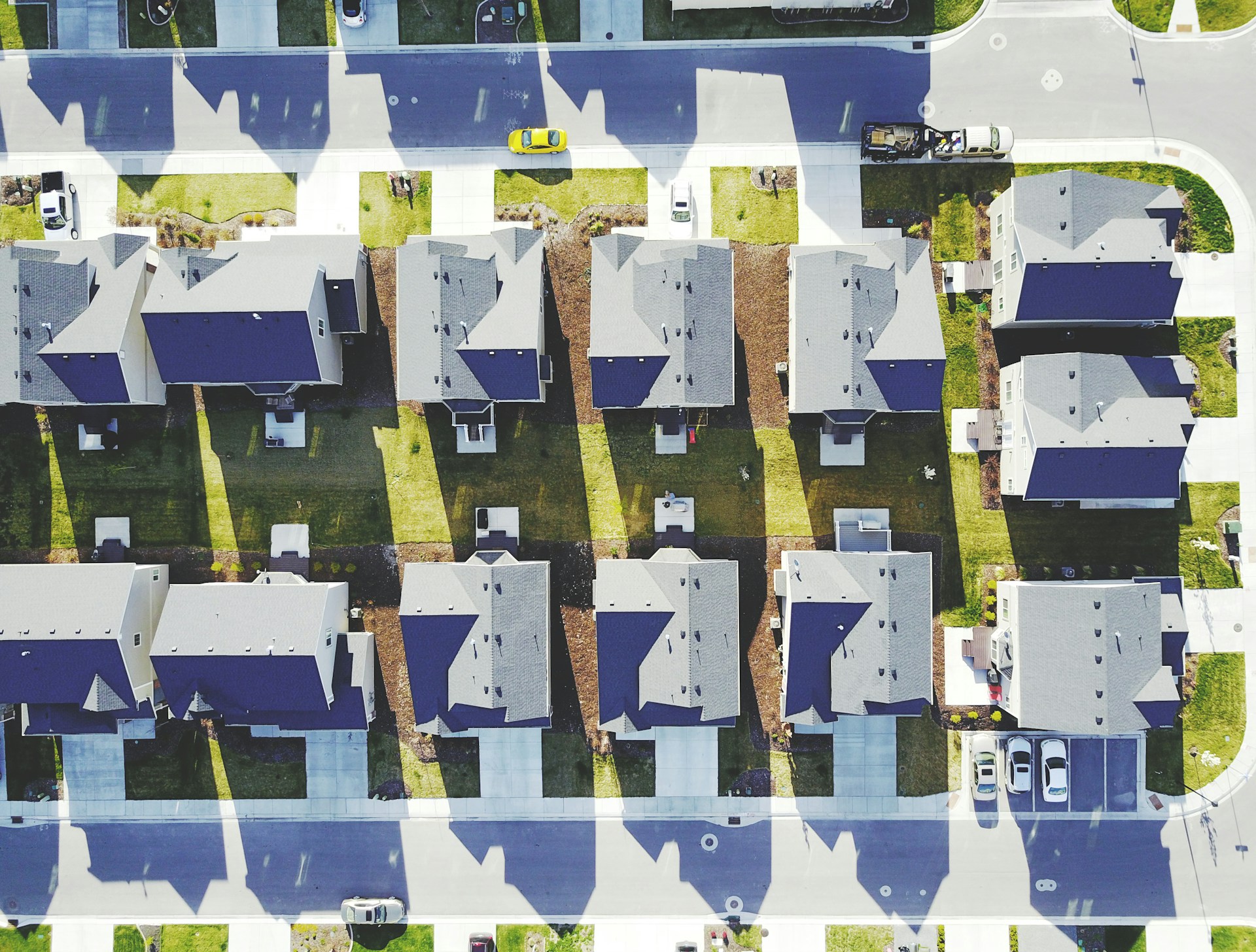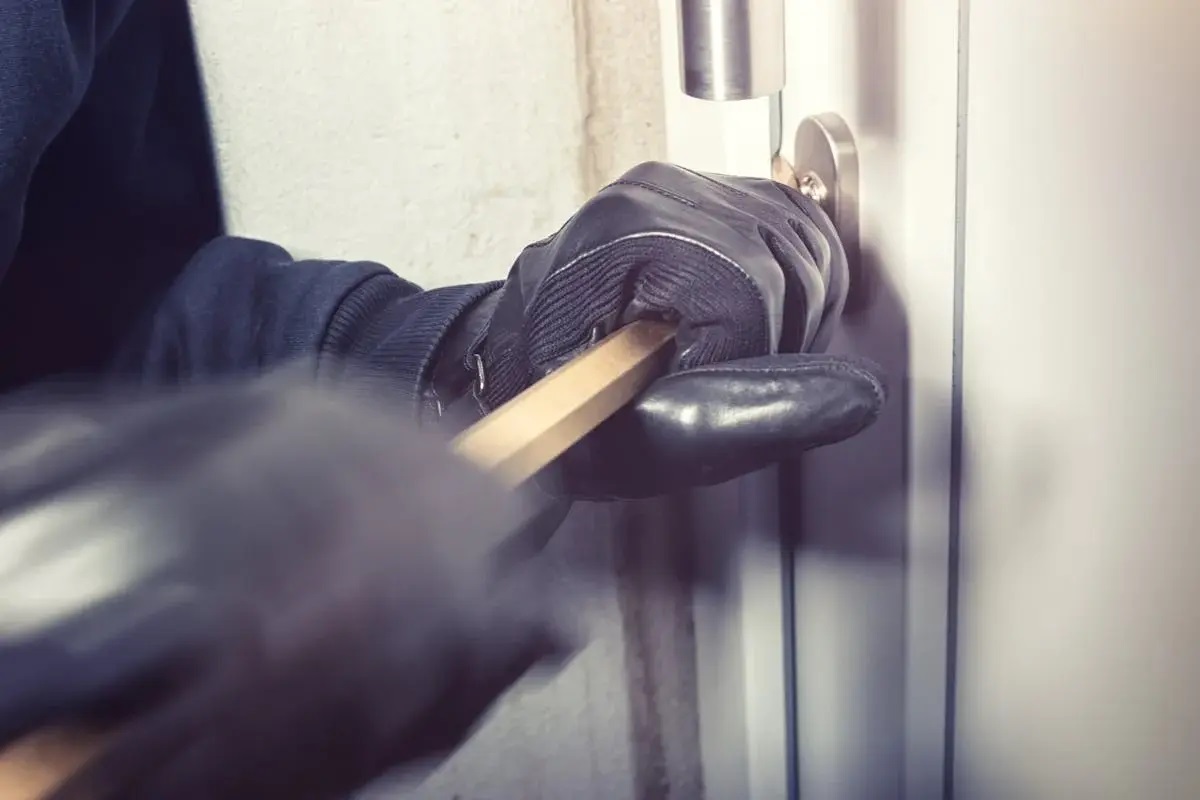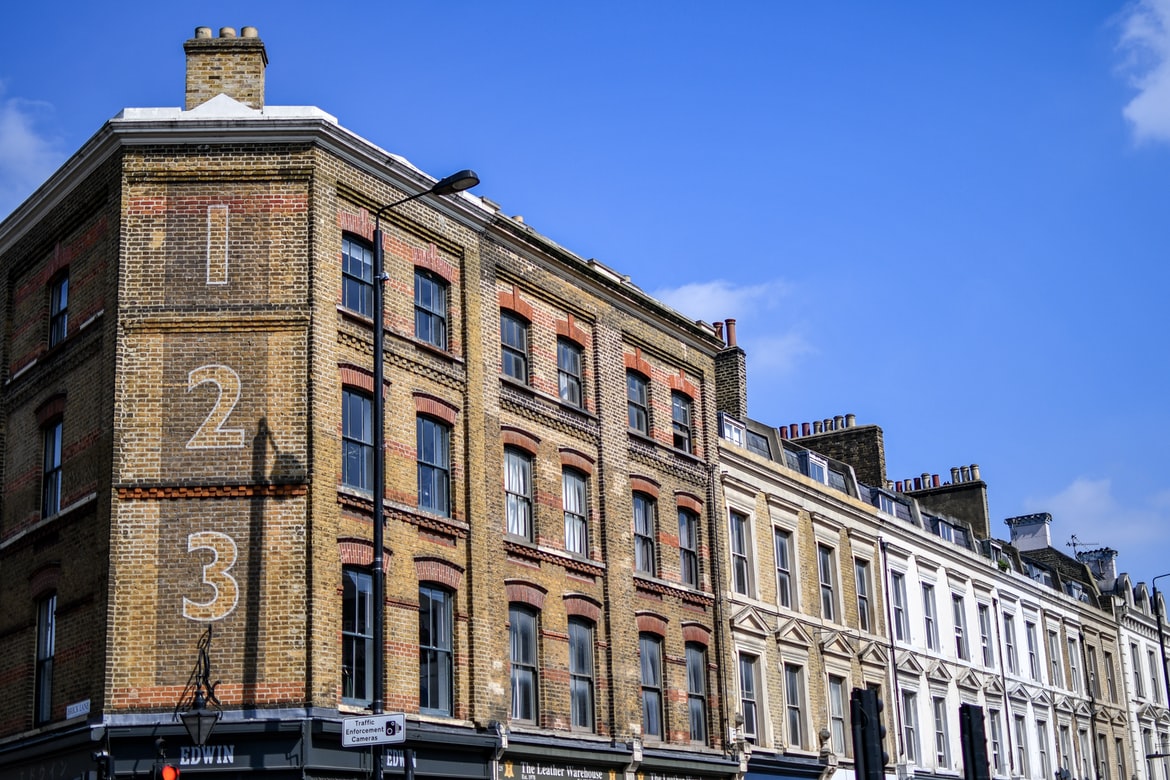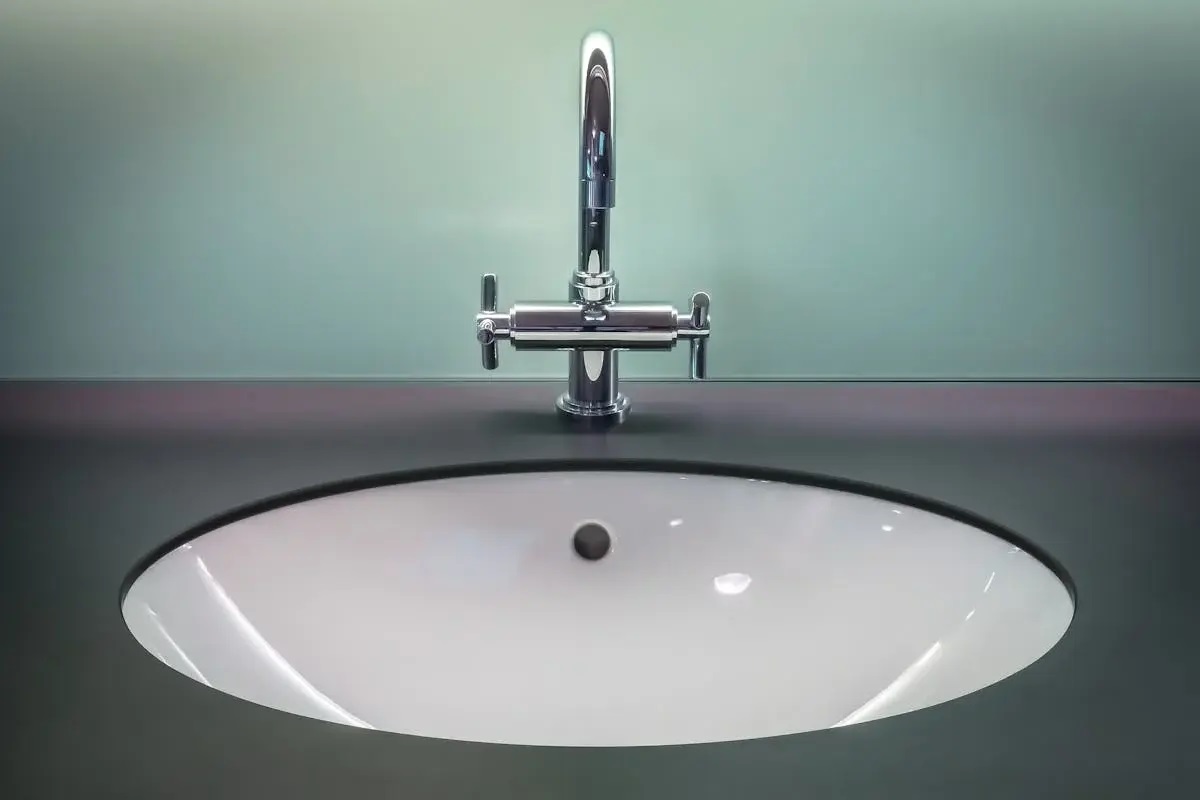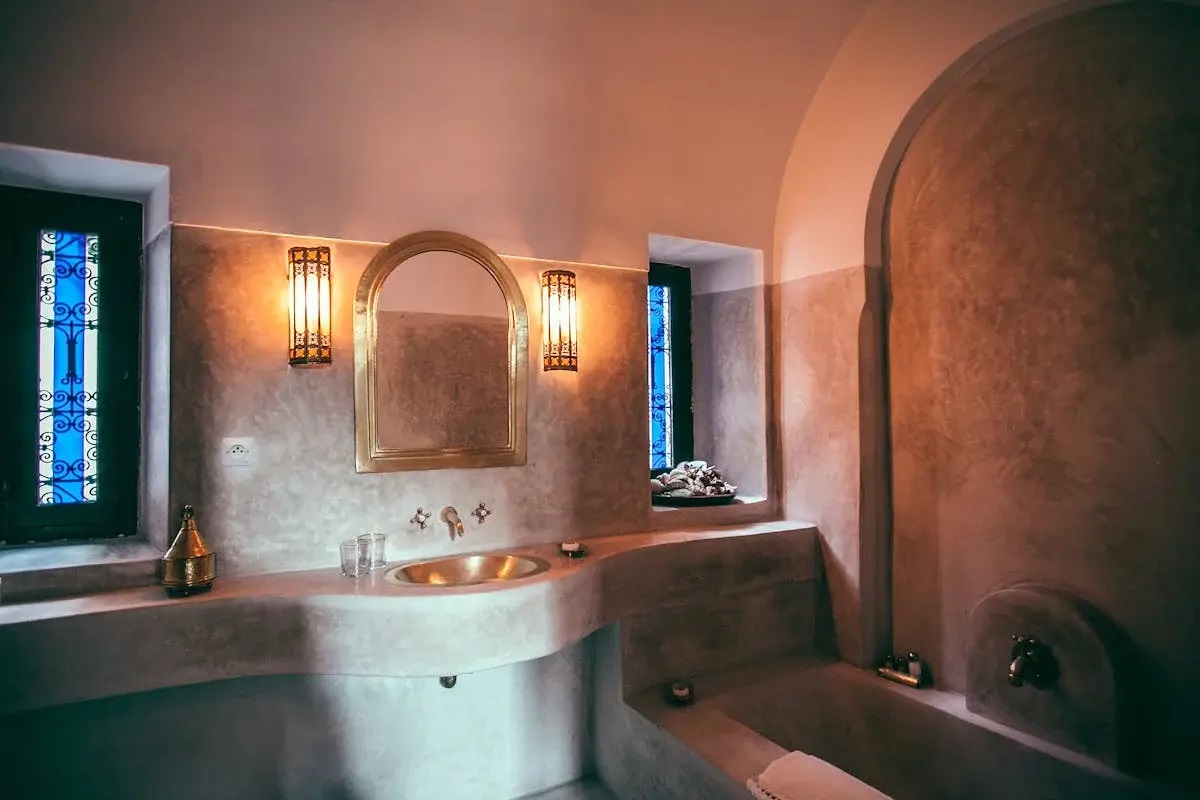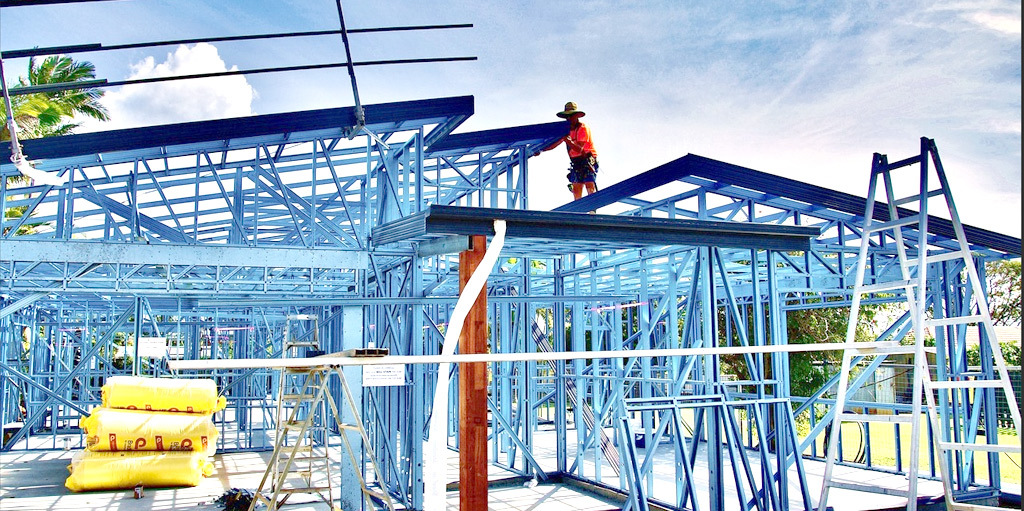
Getting off the ‘wood standard’ fast becoming a goal of U.S. homebuilders
___
Published Date 7/21/2021
No doubt about it: wood is an American tradition. TIME Magazine’s Alana Semuels puts it this way: “As the U.S. West approaches the 2021 fire season with even drier conditions than those that kicked off last year’s record-breaking blazes, breaking up with wood makes sense, but the U.S. remains stubbornly attached to timber.” She goes on to say how it’s one of the few places in the world where wood is the dominant material used in new-home construction, citing how 90% of homes built in 2019 were wood-framed, according to the National Association of Home Builders. The U.S. uses more forest products than any other country, not just for construction but for furniture, flooring and paper. After all, wood plays a role in American folklore, housing Abe Lincoln and employing Paul Bunyan.
But the cost of lumber, which has skyrocketed over the past year, is making homebuilders as well as consumers looks for alternative materials. Metal, concrete or bamboo, to name a few, can all work to replace standard lumber and plywood in applications, such as framing, roofing, siding and decking. Entire homes can be built out of concrete, just as they are across the globe. While prices are making an attempt to stabilize, however, the industry is cautious when hearing the news. “What the observers of the market should know is that the volatility of price movement will be extreme for the next 6 months at a minimum,” says Mike Wisnefski, CEO of MaterialsXchange. The drop in pricing is not realistic to some, as project managers are currently not considering the drop in pricing long term, and continue to strategize project budgets to include higher pricing as the demand continues to soar in local markets.
ICFS (Insulated Concrete Forms) are nothing new, but up until now have not taken off as they might have. Homes can be built almost entirely without lumber when a system like ICFs are used. ICFs are a system of interlocking blocks with foam on the outside that are filled with concrete. The resulting structure is resistant to pests, is strong, safe and highly energy efficient, thanks to the high thermal insulating value of concrete. The ICF blocks are strengthened with rebar.
Vinyl, aluminum and cement-fiber siding have also long been available. While they discourage rot, require paint from time to time, can warp or dent, they are practical alternatives to wood siding. Cement-fiber siding (called Hardie Board after its inventor) can last about as long as aluminum, is storm- and fire-resistant and costs about $1.00 to $5.25 per square foot, according to HomeAdvisor.
Wood house framing continues to dominate in the U.S. because of the ease of construction. Aside from prohibitive pricing, however, even while bringing the material up to current fire-retardant standards, wood will forever be susceptible to water damage, fire, and pests. SFGate reports on how cold-formed steel (CFS) and its use in residential framing date back to the mid-1800s. “Considered one of the best alternatives to stick-built homes, CFS is cost-efficient and environmentally friendly. It is made of recycled heavier-gauge steel that comes from buildings and old cars.” They go on to say that according to the Steel Framing Alliance, there is only 2 percent waste when using steel to frame a 2,000 square-foot home, versus 20 percent when using traditional lumber. This is in addition to being less expensive, easier on the planet, and resistant to pests, water damage and fire.
Concrete is used around the world as one of the most popular lumber alternatives for framing. Just leave the country and look for home under construction almost everywhere else. and you can see for yourself. Concrete is strong, works in earthquake-prone areas, and is both fire and flood-resistant. Ask for the most cost-efficient framing materials, look to recycled materials. “The world uses millions of shipping crates every year, and these can either be reused in the shipping industry or repurposed and used to build a home,” says SFGate. If used correctly, they can make for a strong, durable and cost-effective housing material.
TIME, SFGate, TBWS
All information furnished has been forwarded to you and is provided by thetbwsgroup only for informational purposes. Forecasting shall be considered as events which may be expected but not guaranteed. Neither the forwarding party and/or company nor thetbwsgroup assume any responsibility to any person who relies on information or forecasting contained in this report and disclaims all liability in respect to decisions or actions, or lack thereof based on any or all of the contents of this report.
“Equal Housing Lender. NEXA Mortgage, LLC NMLS 1660690. I am a licensed mortgage originator, NMLS # 630337, and licensed to originate mortgage loans in the state of Arizona, Arkansas, California, Florida, Georgia, Illinois, Missouri, Nevada, Tennessee, and Texas. To learn more, visit my NEXA Mortgage website at http://lillianwong.net."


Lillian Wong
Mortgage Broker
NMLS: 630337
NEXA Mortgage
3100 W Ray Rd Ste 201, Chandler AZ 85226
Company NMLS: 1660690
Office: 480-650-5412
Cell: 480-650-5412
Email: lwong@nexamortgage.com

Lillian Wong
___
Mortgage Broker
NMLS: 630337
Cell: 480-650-5412
Last articles
___

Ushering ‘porch birds’ to a different locale
4/23/2024
You may see it as a sign of good luck when a wild bird or two visits your porch.... view more
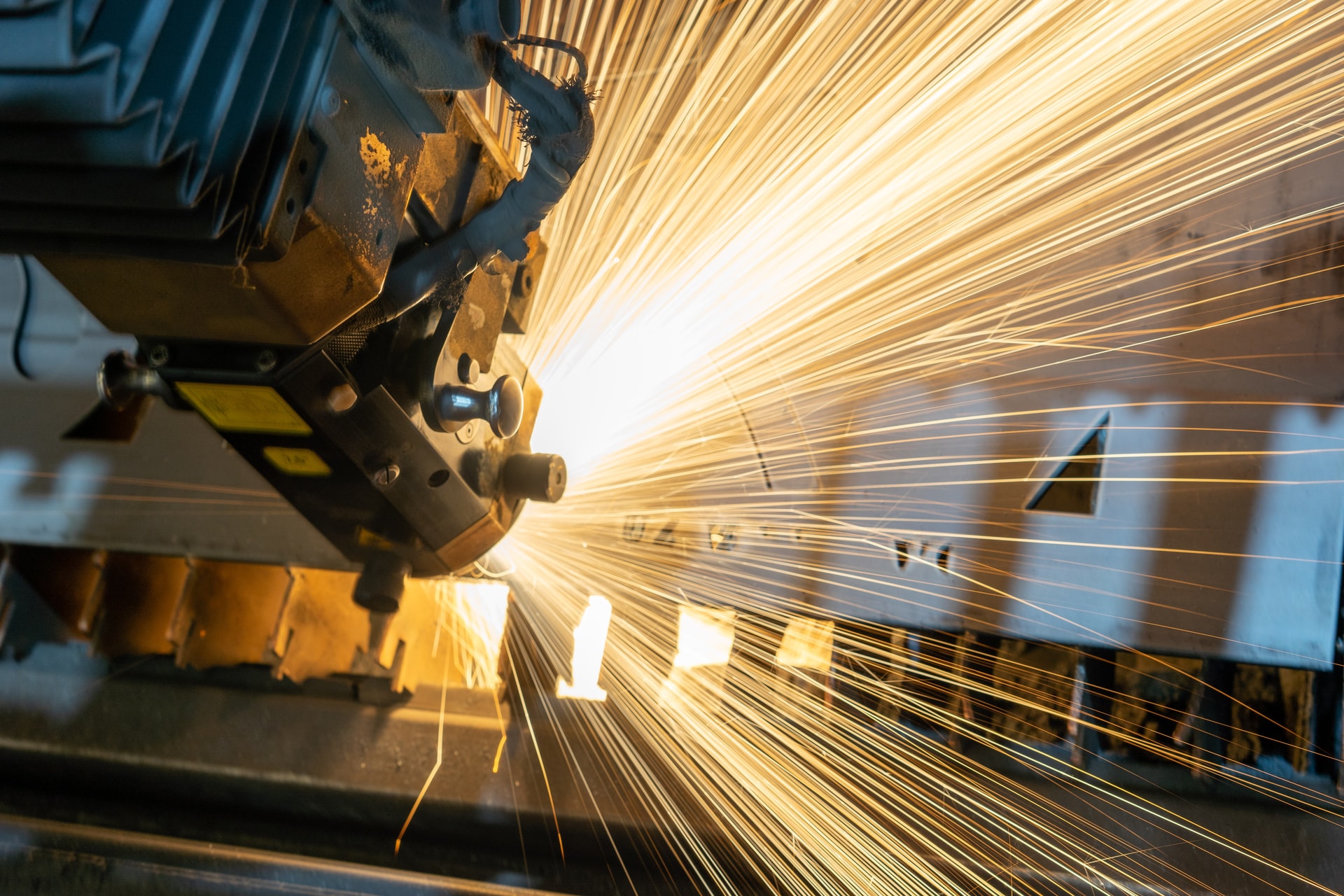
The Richmond Fed Manufacturing Index met expectations
4/23/2024
We will get the high-frequency S&P Markit MFG and Services PMI at 9:45 am ET. Bo... view more

Never underestimate the value of professional real estate agent representation
4/22/2024
Click the link; buy a sofa. Click on another; buy a pergola for your backyard...... view more

Three things that could impact rates this week
4/22/2024
These are the three areas that have the greatest ability to impact rates this we... view more

The PCE data on Friday will dominate market news
4/22/2024
The 10 year note at 8:30 am ET improved from overnight levels, at 8:30 am 4.64% ... view more

Lipstick on a pig? Some flips are a mess without their makeup
4/19/2024
Cosmetically all the hard work had already been done for them. What they didn’t ... view more

Geopolitical tensions continue to concern markets
4/19/2024
Israel retaliated against Iran last night. Tit for tat may have run its course..... view more

Labor data remains strong with low Initial Weekly Jobless Claims
4/18/2024
Initial Weekly Jobless Claims remained very low at 212K versus estimates of 215K... view more
Load more
 NEXA Mortgage
NEXA Mortgage

